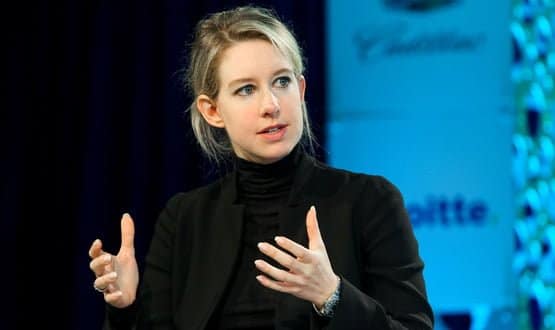e-Detailing Moves into Mainstream
- 25 October 2001
Faced with spiralling marketing costs, reduced product lifecycles, and an increasing reliance on "blockbuster" drug launches, pharmaceutical companies are turning to Internet technologies to help them more effectively market and sell their products and develop new channels to an increasingly complex customer base.
The challenge faced by pharmaceutical executives attending eyeforpharma’s e-sales and marketing in pharma conference in Amsterdam this week, is to identify how new communications technologies can provide their firms with a crucial competitive edge, and keep tabs on their rivals initiatives.
The buzzword of the conference was e-detailing – using Internet-based communications to provide a value-added marketing channel to reach prescribers and complement the activities of pharma firms’ expensive networks of sales reps.
Alisdair Mackintosh, of Cap Gemini Ernst and Young, told the conference that there were clear signs the traditional model of constantly expanding networks of sales representatives – a model essentially unchanged for 40 years – was reaching the end of the line.
He said the latest research suggested that “putting more and more reps on the road” was a model "close to the point of inflexion in many big markets".
In the US alone the number of pharma reps has almost doubled over the past decade, while the number of physicians has remained fairly static. More and more reps are chasing essentially the same number of physicians. Some estimates suggest that 40% of details simply "fail at the reception desk".
Yet the growth of sales forces continues, fuelled by the rise of blockbuster products whose launch spends can exceed $500m. Mackintosh pointed out that the global marketing spend on Claritin alone last year exceeded that of Coca Cola.
“The industry is becoming more like the Hollywood movie industry,” said Mackintosh. "The importance of time to peak sales is crucial."
The promise of e-detailing is to use communications technology to maximise the effectiveness of marketing and detailing efforts and offer physicians a range of convenient interactive channels.
One company that has been in the van of deploying e-detailing is Aventis, which has developed a range of e-detailing initiatives in different markets, including: live two-way video detailing, Internet-accessed continuing medical education programmes, e-mail exchange, e-newsletter and information access sites.
Kirk Schueler, senior vice-president, e-business at Aventis Pharma, told the conference that Aventis was "just beginning virtual detailing," but the initial results have been encouraging.
In the US and Germany Aventis is now offering video-detailing (v-detailing) in partnership with IPhysicianNet – using a broadband connection and webcams to allow a physician to have an interactive video detail with a pharma rep on their computer screen.
IPhysician.Net says its video detailing shows a 14% increase in purchasing by using the tool. Schueler said he anticipated "similar or better results".
Whereas a traditional face-to-face detail typically lasts about four minutes, Schueler reported Aventis’ US e-detailing sales centre launched in June, found that physician-requested calls were lasting 12-14 minutes, in which 3-4 products were discussed and far more online visuals were used.
Other detailing initiatives presented included programmes based on mobile personal digital assistants (PDAs), linking pharma firms to both physicians and their patients.
Timo Ahopelto, chief executive of mobile technology firm CRF Box told the conference that a trial involving the launch of a new insulin therapy and pen, in which 20 physicians each recruited 25 patients who were issued a Palm PDA had had generated revenues of $310,000.
“Wireless, real-time patient monitoring is a key detailing tool for pharmaceutical marketers,” said Ahopelto. "This is potentially going to change the way we conduct marketing and clinical R&D programmes."
Other speakers argued that a lot more value was still to be realised from existing technology investments and maturer technologies, such as portals and websites. Ruth Stone, of First Consulting Group, told the conference "a lot of technology has yet been implemented to full advantage"
This message was echoed by Professor Leonard Lerer, senior research fellow at Insead Healthcare Initiatives. He questioned how many physicians would ever use channels such as video detailing “10 perhaps 20%, we don’t know”. Instead, he argued that "segmentation is the key to e-detailing" and said pharma companies need to develop the best offering for different market segments, reaching these segments through multiple channels – which in many cases, he suggested, will be quite simple.
Professor Lerer concluded the combination of customer relationship management (CRM) and e-detailing, if integrated and correctly implemented, will be essential components of 21st century pharmaceutical marketing.
For Mackintosh the key change from the initial hype of e-business two years ago is that most pharma firms have now placed e-business in their mainstream business divisions, rather than within stand alone business units. "E is starting to move into the mainstream".




